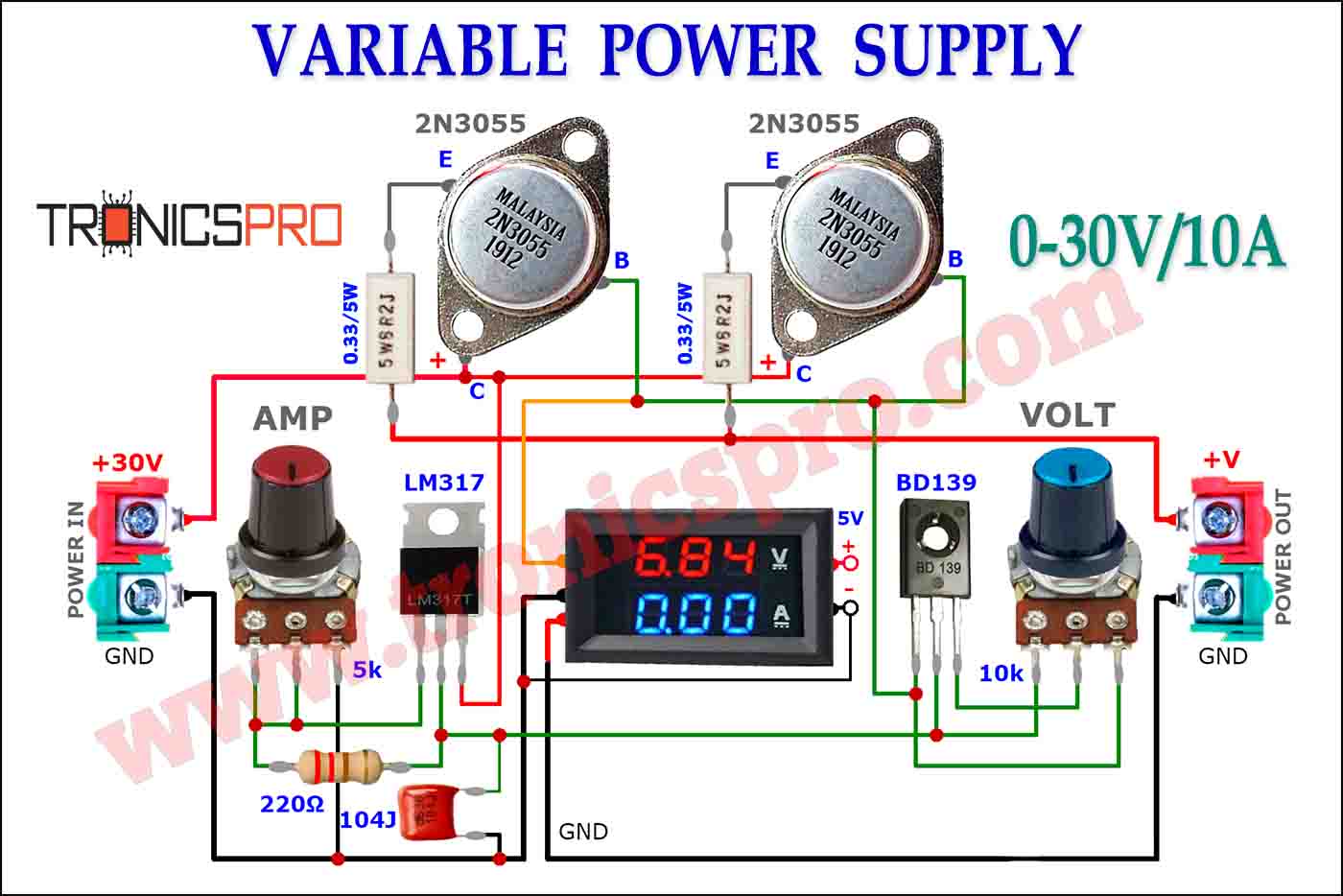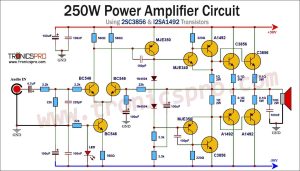Introduction
In this video, I have made a 12V-220V H-Bridge Inverter DIY using Arduino. H-bridge is an electronic circuit that switches the polarity of a voltage and is used to allow DC motors to run forwards or backward. I hope yo will enjoy this video.
H-Bridge Inverter DIY Homemade is a great hands-on project to power up some good old household appliances. With a few basic materials, you can easily construct your own H-Bridge inverter which will allow you to turn any direct current (DC) into an alternating current (AC) device appliance, as well as offer more efficient power conversions when powering your appliances. There are plenty of online tutorials that walk you through assembling and using the inverter but the basics involve connecting four transistors in an H bridge configuration on a breadboard and making sure they line up correctly. Once assembled, you can use it to convert AC to DC and vice versa, so have fun hooking up your doorbells or battery chargers with ease!
Changing the polarity of the energy delivered to the DC motor is used to alternate the course of rotation. Apart from converting the rotation course, the H-bridge can offer extra operation modes, “brake” and “loose run till frictional stop”. The H-bridge association is commonly used to oppose the polarity/course of the motor, however also can be used to ‘brake’ the motor, in which the motor involves an unexpected stop because the motor’s terminals are shorted. In shorted case, the kinetic power of a rotating motor fed on hastily in the shape of electrical contemporary within the shorted circuit. The different case is to allow the motor ‘loose run’ to a stop because the motor is efficaciously disconnected from the circuit.
Circuit diagram
of 12V-220V H-Bridge Inverter DIY
Building your own H-Bridge Inverter circuit diagram is a fun and rewarding DIY project that can help you take control of the power going to motors in all types of applications. This simple homemade circuit diagram allows you to quickly and easily convert direct current (DC) voltage into alternate current (AC) voltage, which is needed to run electric motors.
More Circuit Layouts








Programming Code
#define B1 9
#define B2 10
#define sw 8 // power on switch
#define batteryVoltage 3 // A3
#define fv 1 // A1
int ton,toff,fb,bv;
void setup() {
pinMode(B1, OUTPUT);
pinMode(B2, OUTPUT);
pinMode(sw, INPUT); // switch
}
void loop() {
bv= analogRead(batteryVoltage);
bv= map(bv, 0, 1023, 0, 40);
digitalWrite(B1, LOW);
digitalWrite(B2, LOW);
while ((digitalRead(sw) == 0) & (bv > 9)) {
// read battery voltage:
bv= analogRead(batteryVoltage);
bv= map(bv, 0, 1023, 0, 40);
// read feedback value:
fb = analogRead(fv);
fb = map(fb, 0, 1023, 1297, 0);
fb =fb -115;
if(fb>900){
fb=900;
}
if(fb<110){
fb=110;
}
ton=1000-fb;
toff=1000-ton;
digitalWrite(B1, HIGH); // B1 on
delayMicroseconds(ton*10);
digitalWrite(B1, LOW); // B1 off
delayMicroseconds(toff*10);
digitalWrite(B2, HIGH); // B2 on
delayMicroseconds(ton*10);
digitalWrite(B2, LOW); // B2 off
delayMicroseconds(toff*10);
}
} Components List
used in 12V-220V H-Bridge Inverter DIY
- 1 X Arduino Nano
- 1 x MC34063 IC
- 4X IRFZ44 MOSFETs
- 3 x 1N5809 Diodes
- 3 x 1N4148Diodes
- 4 x PC817 Optocouplers
- 1 x 330uH Inductor
- 1 x 1n Capacitor
- 2 x1u 50V Capacitors
- 1 x470u 50V Capacitor
- 1 x 1000u 100V Capacitor
- 2 x 5k Trimpots
- 1 x 1R Resistor
- 2 x 1k Resistors
- 1 x 3k3 Resistor
- 5 x 10k Resistors
- 1 x 22k Resistor
- 1 x 220k 3W Resistors https
- 2 x 2 Pin Terminal Block
- jumper wires
Download Gerber File
Gerber File: https://drive.google.com/file/d/1KO71…





























sir its not working any changes is there we have make it to work
sir any changes in coding or connection plz let me know